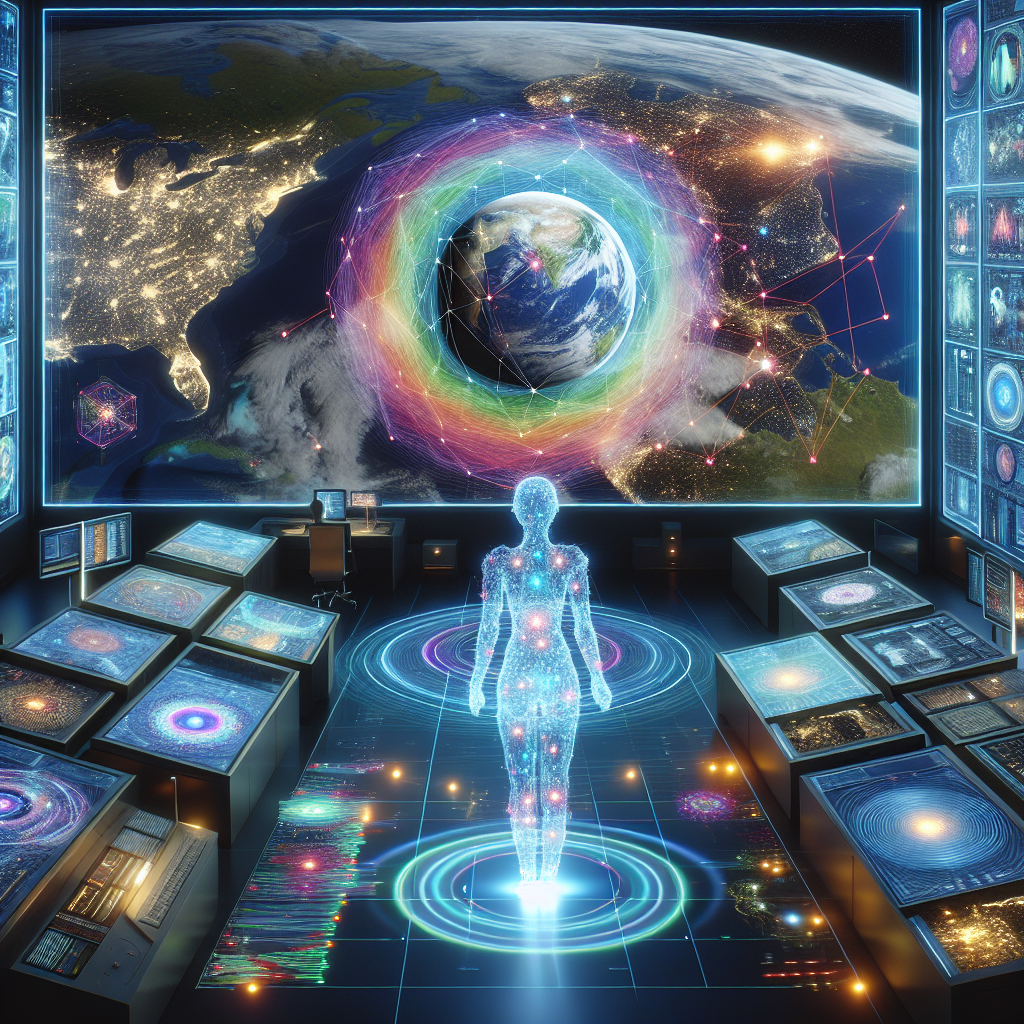
The advent of Google Earth AI marks a pivotal moment in the world of geospatial data analysis, ushering in an era where complex planetary datasets become not just observed phenomena but tools for actionable insights. Imagine if the vast and intricate web of our planet’s data could not only reveal its secrets but transform lives, safeguard ecosystems, and influence urban dynamics—all in real-time. This is the mission behind Google Earth AI, a technological advancement that seeks to revolutionize how we decode the intricate layers of information that nature and humanity have woven together.
For decades, geospatial analysis was a labor-intensive endeavor, requiring immense resources and a considerable amount of time. Traditional methods rendered even the most critical data insights sluggish and reactive rather than proactive. However, Google Earth AI shifts this paradigm, leveraging the capabilities of artificial intelligence to streamline the analysis process. This innovative platform turns complex datasets into clear, actionable intelligence, allowing organizations to make smarter, faster decisions that can influence everything from disaster management to sustainable urban development.
In its mission to transform geospatial analysis, Google Earth AI has automated numerous complex tasks, fundamentally changing how industries approach significant global challenges. From identifying flood-prone regions within hours instead of months, to accurately pinpointing health vulnerabilities and deploying resources effectively, the technology enhances the speed, accuracy, and scope of geospatial insights.
One of the most prominent applications of Google Earth AI is its predictive analytics capability, which integrates both historical context and real-time data to forecast potential events such as hurricanes and floods. This proactive approach enables communities to prepare in advance, significantly reducing risks and minimizing damage. The implications for disaster management are profound—by anticipating emergencies, resources can be allocated more efficiently, and the impact on vulnerable populations can be mitigated.
Furthermore, this platform engineers a vital connection between geospatial data and health statistics, a specific application that could redefine how public health crises are managed. By mapping disease outbreaks and tracking health vulnerabilities, policymakers can allocate healthcare resources more effectively, especially during tumultuous times like pandemics. Combining spatial insights with health metrics offers an unprecedented advantage in responding to community health issues.
Real-time data processing is another cornerstone of Google Earth AI, enabling dynamic decisions that address immediate challenges. Whether monitoring deforestation impacts or responding to climate-related environmental changes, the platform equips users with the insights they need to act promptly and effectively. The ability to visualize these changes in real-time allows organizations to be agile and adaptive, qualities that are increasingly necessary in our rapidly evolving world.
Google Earth AI supports sustainable and resilient development by offering actionable intelligence that aids urban planning, environmental conservation efforts, and long-term policy-making. This innovative technology does not merely provide tools for understanding our world; it lays down a foundation for an informed and sustainable approach to its future. As we grapple with the pressing challenges of climate change and urbanization, embracing automation in geospatial analysis becomes increasingly vital for building the cities of tomorrow.
In summary, Google Earth AI exemplifies a transformative leap in how we interact with geospatial data. It signals the dawn of a new era where data is not just passively reported but dynamically utilized. By automating complex data analysis processes, this tool delivers quicker, more accurate, and scalable insights that can significantly impact various sectors such as disaster management, public health, and urban planning. The technology’s capacity to offer predictive insights tailored to current needs indeed positions it as a cornerstone for fostering a sustainable, resilient future.

Leave a Reply